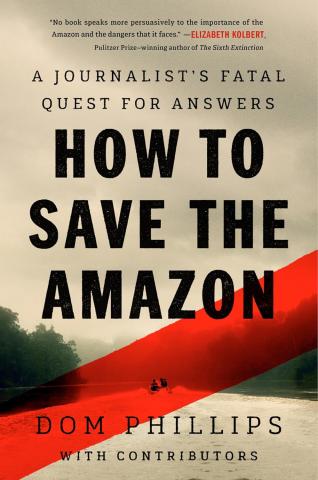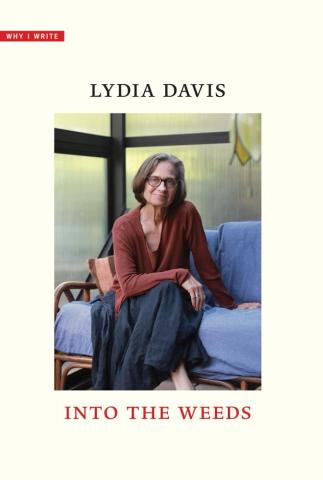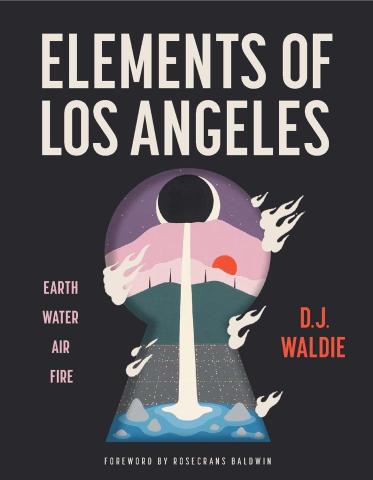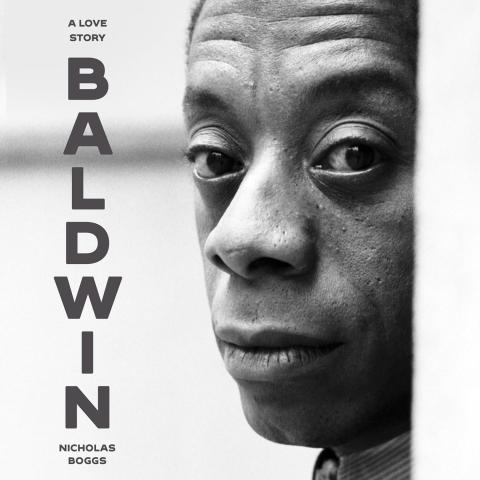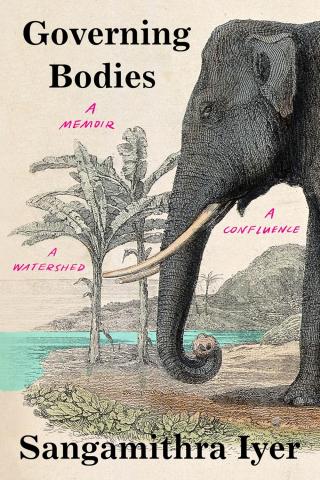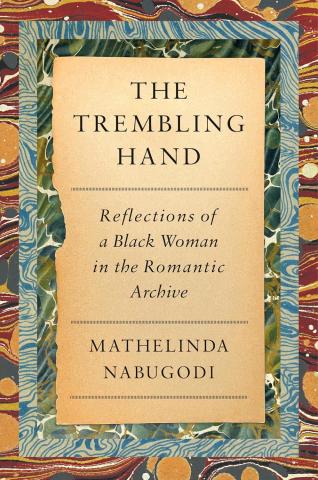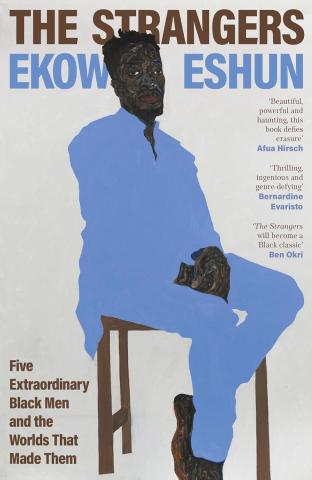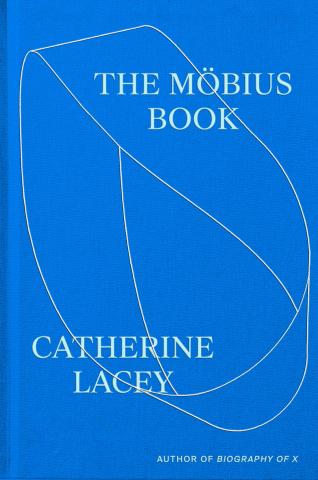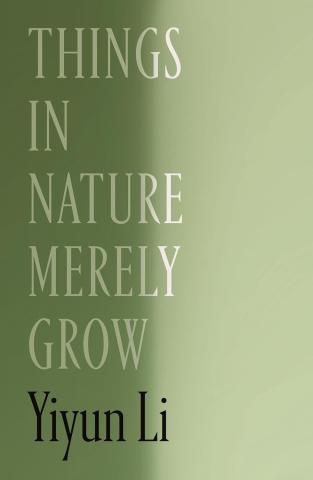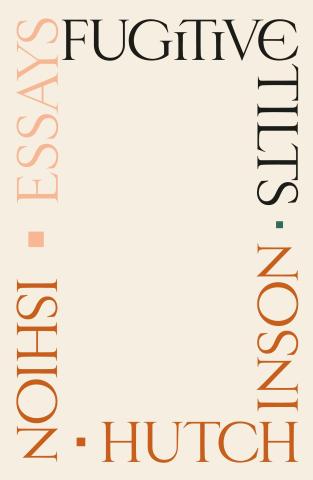Journalist Dom Phillips traveled deep into the Amazon rainforest searching for solutions to the problem of deforestation, a threat to the local ecosystem, native tribes, and the global climate. When he was murdered in the Javari Valley by a group of environmental criminals, a cohort of journalists and activists took up his work to finish his book and share his important message.
During the dark days of the Bolsonaro administration, British journalist Dom Phillips set out to accomplish an ambitious goal: through research, interviews, and site visits deep in the rainforest, he would emerge with a book answering the question—how can we save the Amazon? Traveling with his companion Indigenous expert Bruno Pereira, Dom’s adventure includes trekking through Amazonia to see where ranching, fires, illegal fishing, mining, the drug trade, and urbanization have deforested and degraded millions of acres of important forest, degraded ecosystems, and created dangerous conditions for the Indigenous tribes who have called the Amazon home for thousands of years.
